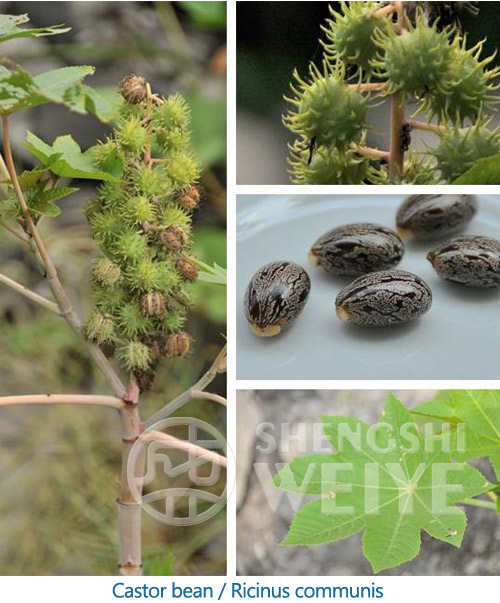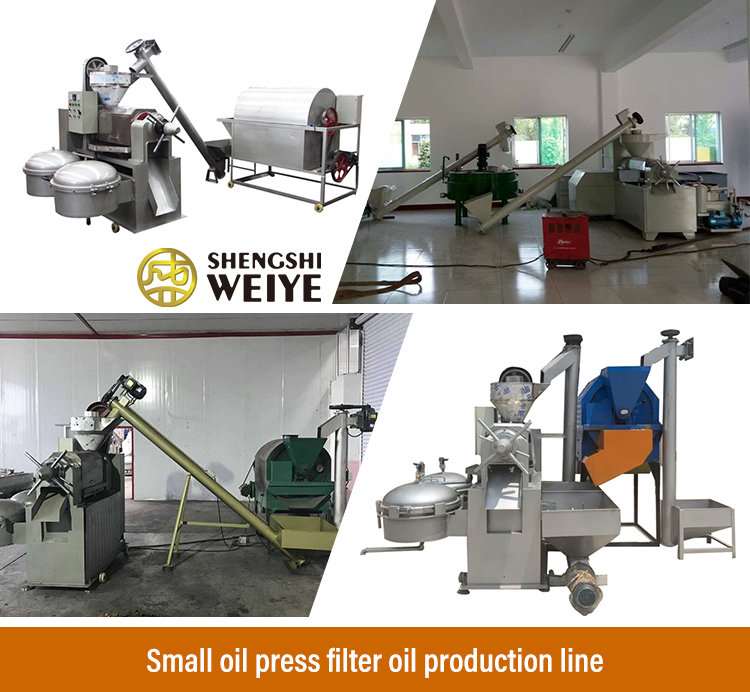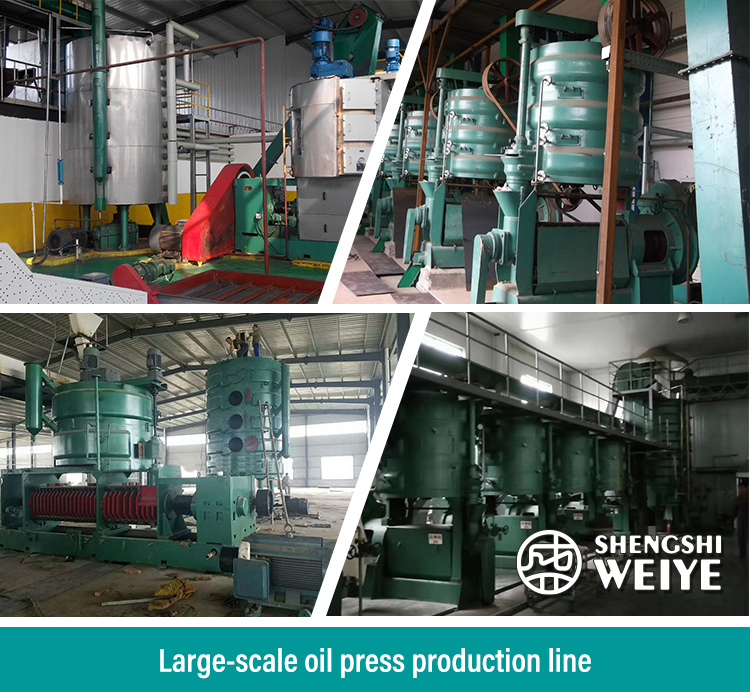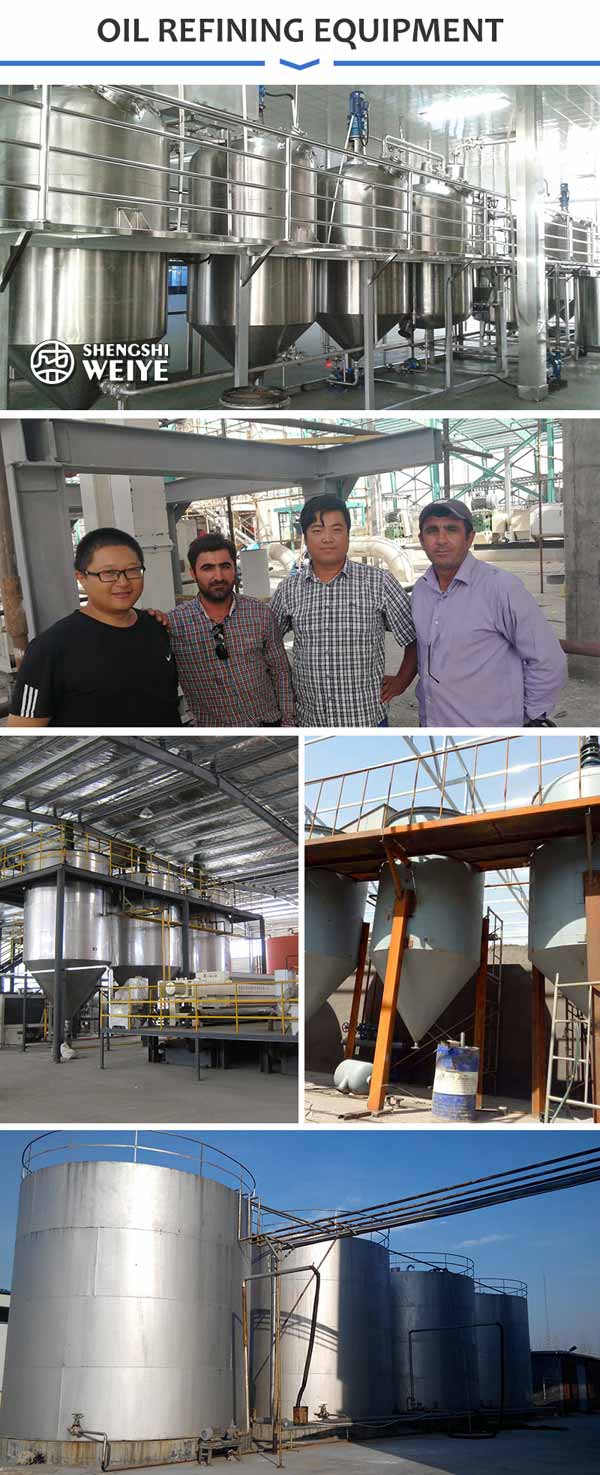Telephone
+86 15692371808
News

Castor seed; The Latin name is castor bean Latin; Phylum Angiospermae; Dicotyledons; Golden tiger tail order; Euphorbiaceae; Amaranth family; Castor L; Castor bean.
Castor, a kind of Euphorbiaceae, annual or perennial herb.
The whole plant is smooth, covered with wax powder, usually green, cyan gray or purplish red; The stem is round, hollow and branched; Leaves alternate, larger, palmately divided; Panicle, unisexual flowers without petals, female flowers in the upper part of the inflorescence, light red style, male flowers in the lower part of the inflorescence, light yellow; Capsule spiny or unarmed; The seed coat is hard and glossy with black, white and brown stripes. Like high temperature, not resistant to frost, strong acid-base adaptability.
Castor oil is a triglyceride of fatty acid. Castor oil exists in the seeds of castor and its content is 35% ~ 57% ". Castor oil is obtained by squeezing or solvent extraction.
Castor oil contains 90% castor acid (9-alkenyl-12 · hydroxyoctadecanoic acid) J, hydroxyl value is 163 mgKOH / g, hydroxyl content is 4.94%, molecular weight calculated by hydroxyl is 929.26, calculated by hydroxyl, castor oil contains 70% trifunctionality and 30% difunctionality, average hydroxyl functionality is 2.7. The polyurethane adhesive made from castor oil has good low temperature performance, hydrolysis resistance and excellent electrical insulation.
Castor oil contains a lot of ricinic acid (more than 80%), so it has many unique properties
1. Easy to dissolve in ethanol, difficult to dissolve in petroleum ether. It is easy to distinguish castor oil from other oils.
2. The viscosity is much higher than that of ordinary oils, 680cps at 25, viscosity index is 84, and friction coefficient is very low (0.1).
Castor oil has good fluidity. Refined castor oil can still flow at - 22 and has no turbidity after - 50 quenching. It is an ideal lubricating oil for aviation and high-speed machinery and protective oil for power belt.
3. It has strong optical activity because the asymmetric carbon atom of its main fatty acid, ricinolic acid, is behind the 12th position.
4. The dielectric constant is about 4.30, which is the highest in common oils.
5. The relative density and acetyl value of castor oil are higher than that of general oil.
6. Castor oil is a typical non drying liquid oil with good storage stability and almost no oxidative rancidity in air.
Castor oil has good stability, color retention, flexibility, pigment dispersion, wettability, lubricity, low temperature characteristics, electrical characteristics and biological characteristics. Therefore, castor oil can be used in varnish coating, artificial leather, ink, sealant, lubricant, stationery, cosmetics, electrical insulation materials, medicine, etc.
Extraction process of castor seed oil:
The process of castor seed oil extraction: Castor Seed → screening and cleaning → removing stone → crushing → frying material heating → oil extraction → filtering → crude oil
Castor seed oil refining process: crude oil → degumming → deacidification → decolorization → deodorization → product oil
Castor seed oil refining process description:
Degumming process: it is a process to remove colloidal substances in oil. In the removed colloids, phospholipids, calcium, magnesium, iron and other impurities are the main components. In short, hydrated degumming is a method that uses the hydrophilic group contained in lipid molecules such as phospholipids to add a certain amount of hot water or dilute electrolyte solution to the oil to make colloidal water-soluble lipids swell and agglomerate, and then separate them from the oil by sedimentation or centrifugation.
Deacidification process: when the oil is not fully mature and the oil is not processed and stored properly, it can cause the decomposition of oil and produce free fatty acids, which can increase the acidity of oil and reduce the quality of oil. Acid value is often used to reflect the content of free fatty acids in oil. Alkali refining is a refining method that neutralizes free fatty acids in oil by adding alkali to form fatty acid salt (soap) and water. Soap absorbs some impurities and settles and separates from oil. The precipitate formed is called soap foot. Distillation deacidification is also known as physical refining. This deacidification method does not need alkali neutralization, but uses the difference of relative volatility between triglycerides and free fatty acids to carry out steam distillation under high temperature and high vacuum, so that free fatty acids and low molecular weight substances are discharged together with steam. This method is suitable for high acid value oils.
Decolorization process: the pigment of oil generally includes chlorophyll, carotenoid, flavonoid pigment and anthocyanin. Individual oilseed also contains some unique pigments, such as gossypol in cottonseed. The most widely used method in industrial production is adsorption decolorization. Adsorption decolorization is the process of adding some surfactant with strong adsorption capacity into oil, adsorbing pigment and other impurities in oil under certain process conditions, and removing adsorbent and impurities through filtration to achieve the purpose of oil decolorization and purification.
Deodorization process: vacuum steam deodorization is the most widely used and effective method at home and abroad. It makes use of the great difference between the volatilities of odor substances and triglycerides in oil, under the condition of high temperature and high vacuum, and with the help of the principle of steam distillation, the odor causing volatile substances in oil can escape together with water vapor in the deodorizer to achieve the purpose of deodorization.



No.18001, Jingshi East Road,Jinan City, Shandong Province
+86 15692371808
ryann@sswymachine.com
Copyright © 2013-2021 Shandong Shengshi Weiye Machinery Co., Ltd Powered by EyouCms Main products:Screw oil press, hydraulic oil press, refining oil equipment, cold oil press equipment,coconut oil press machine

